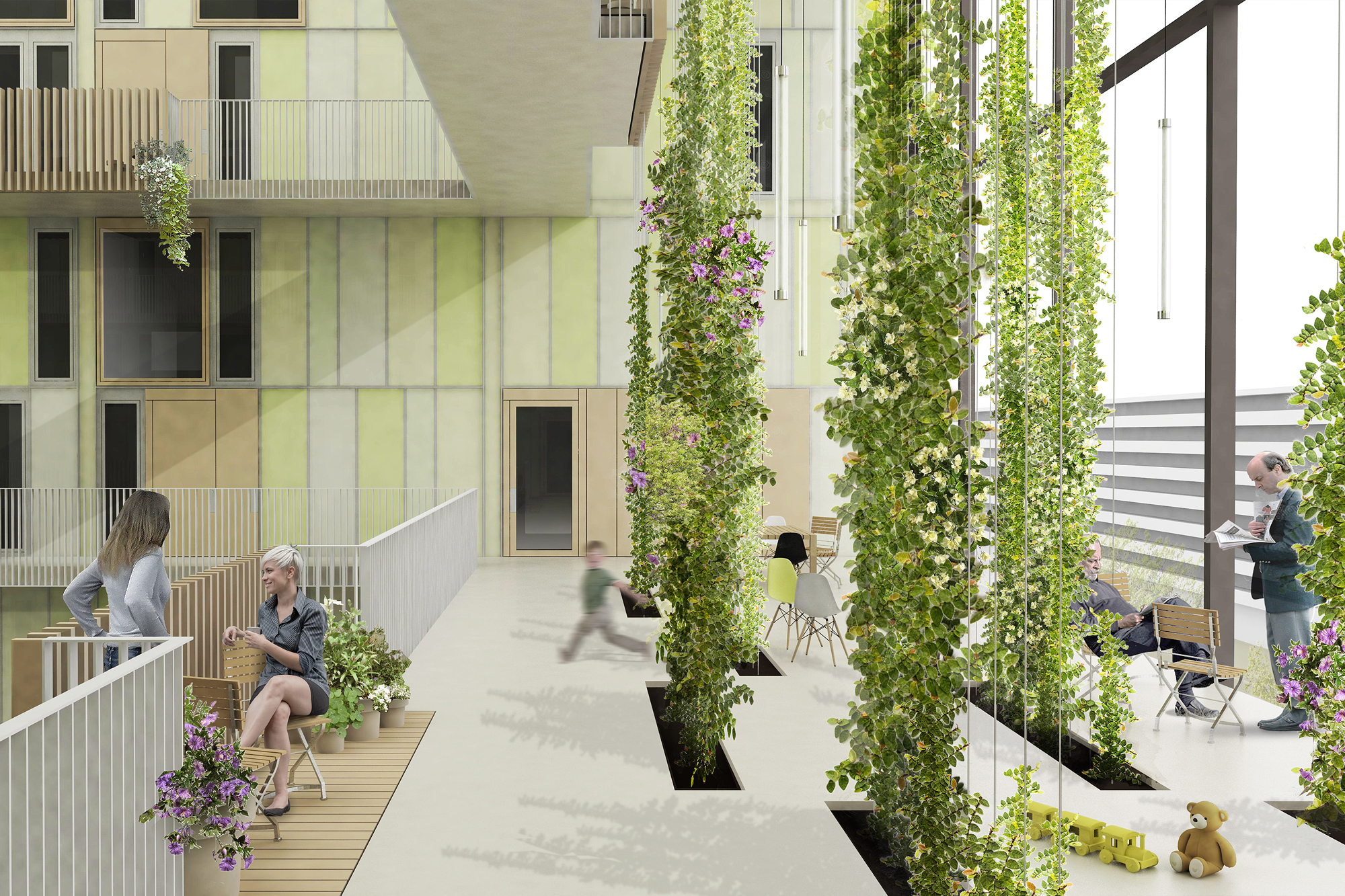We have entered a period of fundamental change. The environmental crisis – a ‘stacked crisis’ (Markus Gabriel) in the guise of climate change, loss of biodiversity and pandemic – has arrived in our everyday life reality. Measures concerning reducing the consumption of energy and material and adapting to climate change have widely received attention. There is optimism that technological innovations will solve our problems so that we can continue our expansive lifestyles with business as usual.
Such confidence is questionable considering the scale, complexity, and acceleration of the enormous challenges ahead. In 1989, Félix Guattari argued for the close interrelation and interdependence of the ‘three ecologies’ of environment, society, and mind. The necessary cultural transformation will not be successful if it does not address social and mental levels, too, and lead to changes of behavior and values.
This points towards essential challenges for the practices of urban design and architecture. Both disciplines are concerned with designing the spatial framework for everyday practices, and precisely in critically reflecting upon and possibly modifying them lies significant potential. For our ‘everyday practices’ are habits and lifestyles as formed under and embedded in the conditions of globalized, neoliberal late-capitalism, the very culture responsible for our current state in crisis. Today again, we need a ‘critique of everyday life’, as Henri Lefebvre formulated it in 1947 and proposing strategies to emancipate individuals from the deadlock of consumerism. The ideas of Lefebvre were fundamental for the Dutch postwar generation of Constant Nieuwenhuys, Aldo van Eyck, Herman Hertzberger, and Rem Koolhaas who all were looking for playful ways to unfold the postmodern subject.
Also our generation has to emancipate from the routines and habits in daily life that delay the transition towards a sustainable ecological footprint. Also for us, it will be a quest for alternative ways of living together and for new forms of subjectivity. Two drivers are essential: collective collaboration and individual participation. Stimulating both is the task of the future.
A design task, too, and one in particular for residential architecture: dwelling tomorrow will be a densification of cohabitation – of individual living space with zones of intensified interaction. In this condition of compression, housing can structurally contribute to foster social cohesion and collaboration, a competence that will become more important than ever. Housing for the minority societies of tomorrow will need to become programmatically more diverse and flexible and include activities that can stimulate local community building, such as those falling under work, leisure, and the transition between both. In critically reflecting upon habitual individual and collective everyday practices, in pondering about architectures and micro-architectures of use- and playful objects that produce and frame such everyday practices, the needed emancipation can find one of its starting points. In rethinking the spatial sequence of the transition between private and public, the architecture of housing can activate potential for generating forms of communality and collective cohabitation.
Think of including accessible repair workshops containing stuff to be shared, of bike parking not as garage but as attractive lobby, of innovative spatial solutions regarding collectively separating materials and minimizing waste. Imagine housing with prominently positioned coworking zones and communal living rooms with a shared kitchen. Envision residential architecture including collectively maintained gardens for urban farming, shared balconies, and saunas. Add a few rentable studios, some to be booked for short use only. Through combining such spatial strategies with the retreat of the private apartment, inhabitants can meet, negotiate, and reflect over individual and collective practices and everyday choices within life circumstances that have grown complex – with neighbors potentially outside one’s own social and professional bubble. In such densified architecture of living together, our mutual interdependency becomes graspable en so does, in consequence, the significance of individual participation and collective engagement.
This text was published in a slightly shorter version as ‘Woningbouw als kritiek van het alledaagse leven’, in: Stedenbouw & Architectuur, nr 3/ July 2021.



